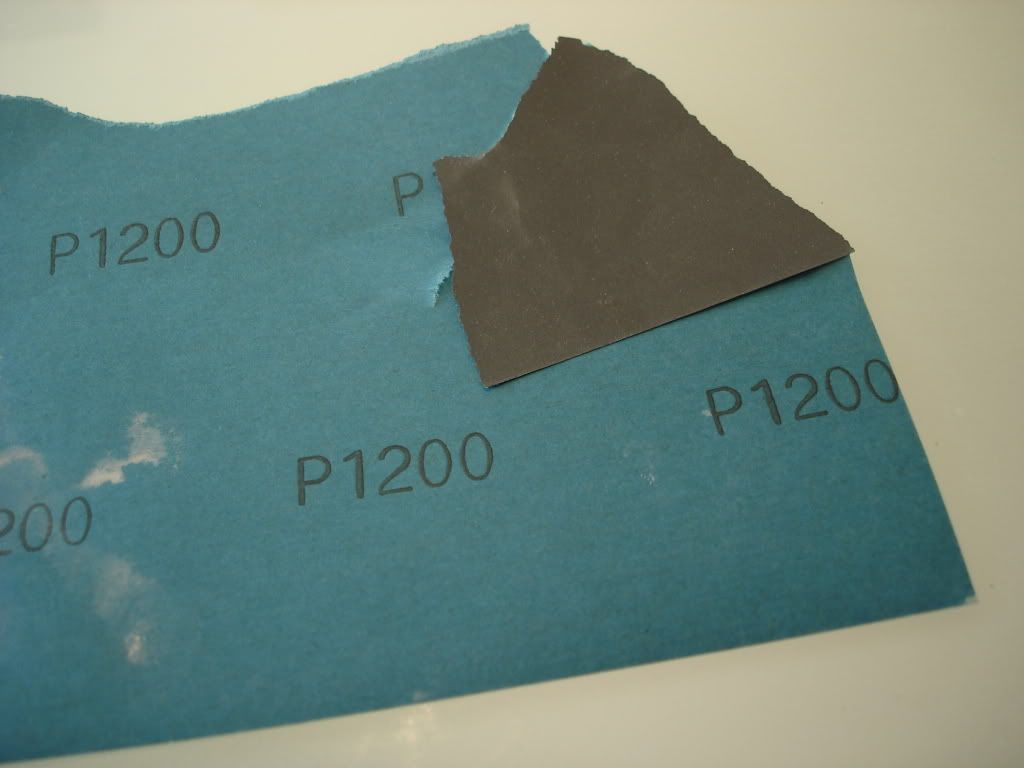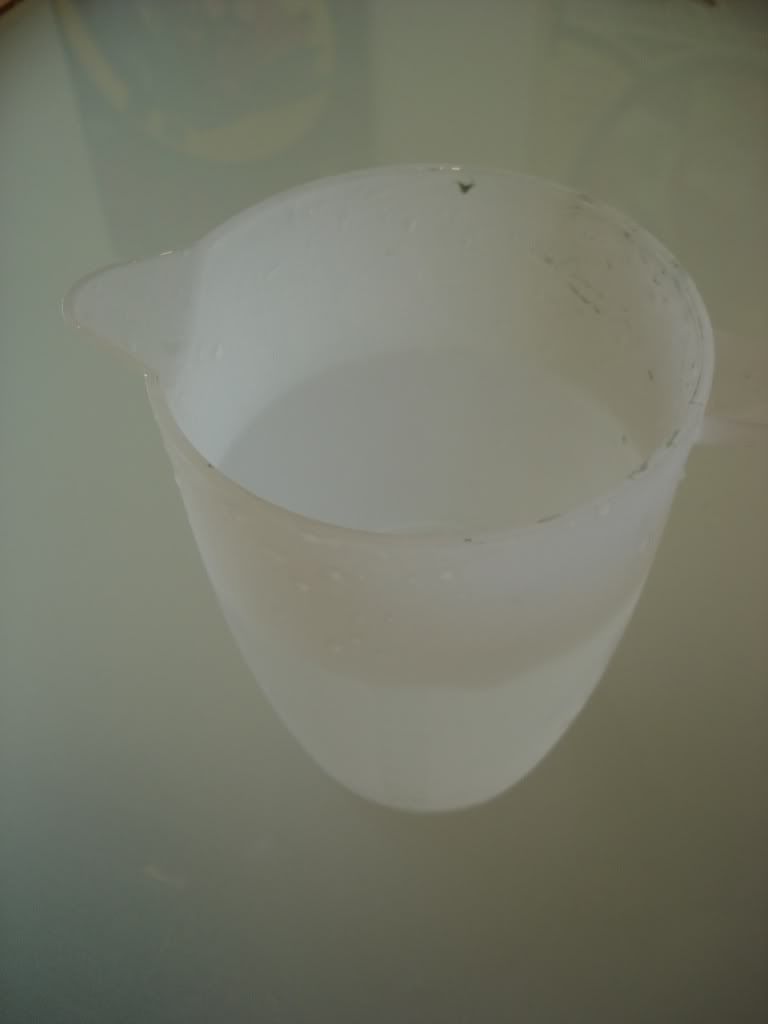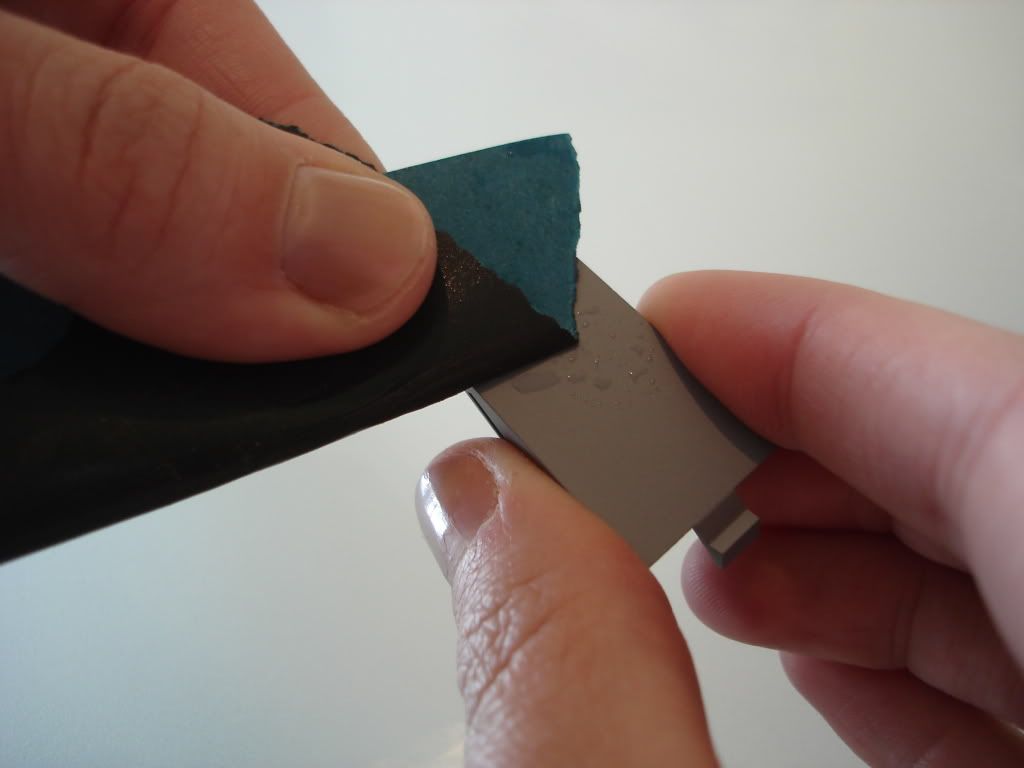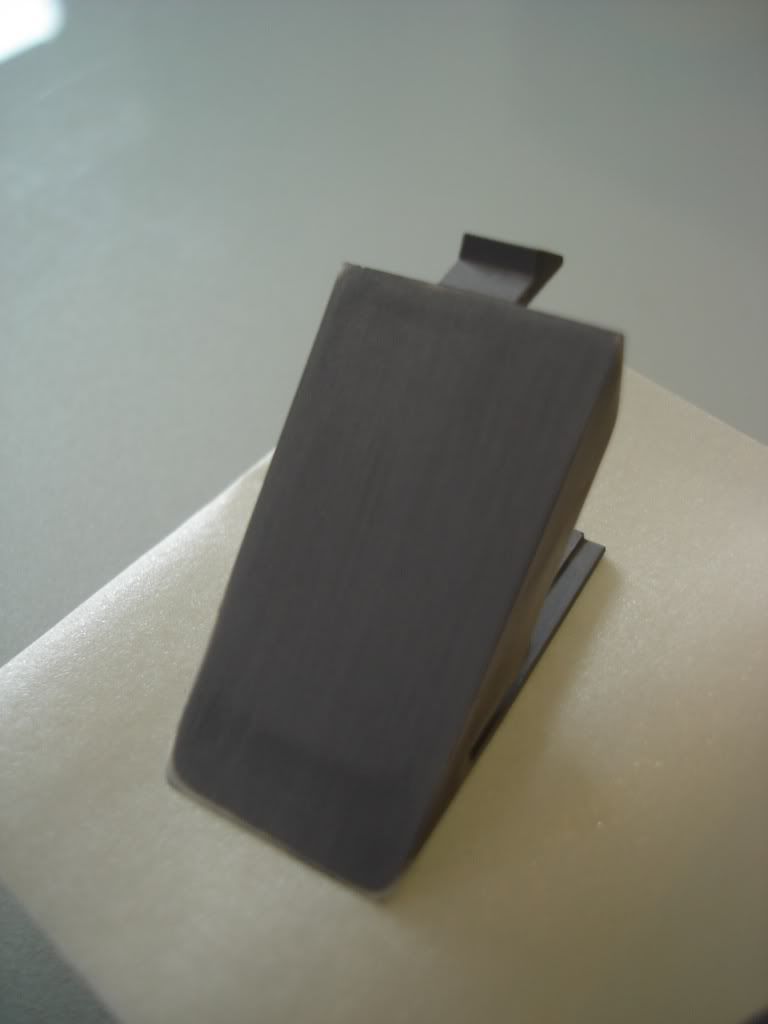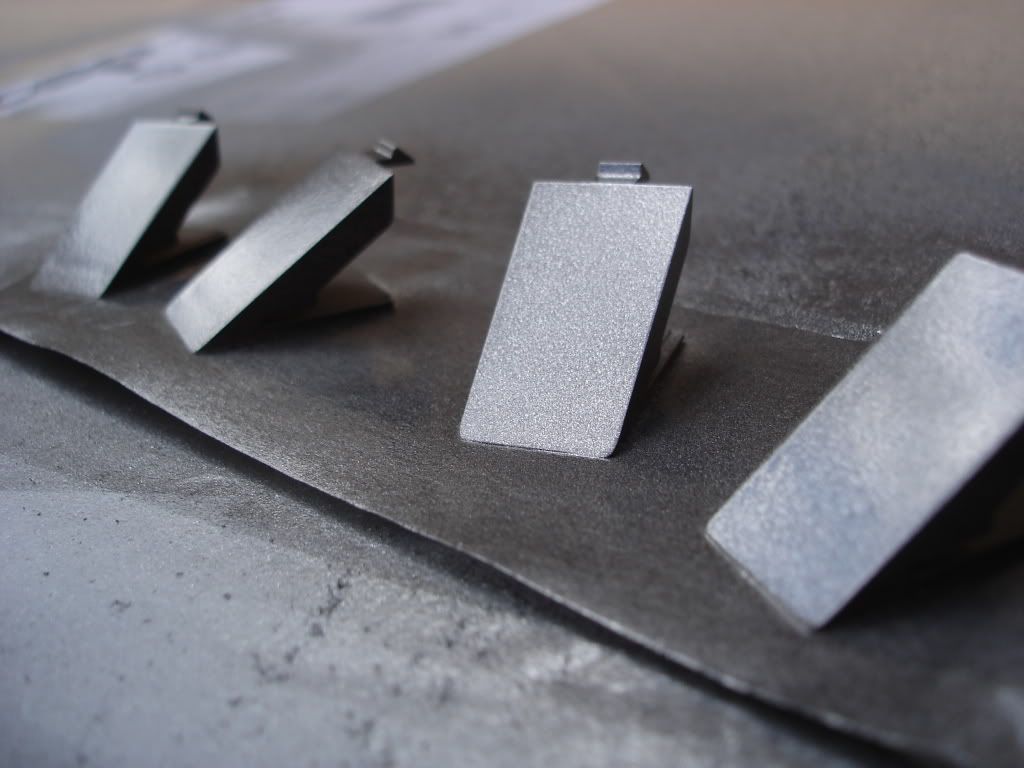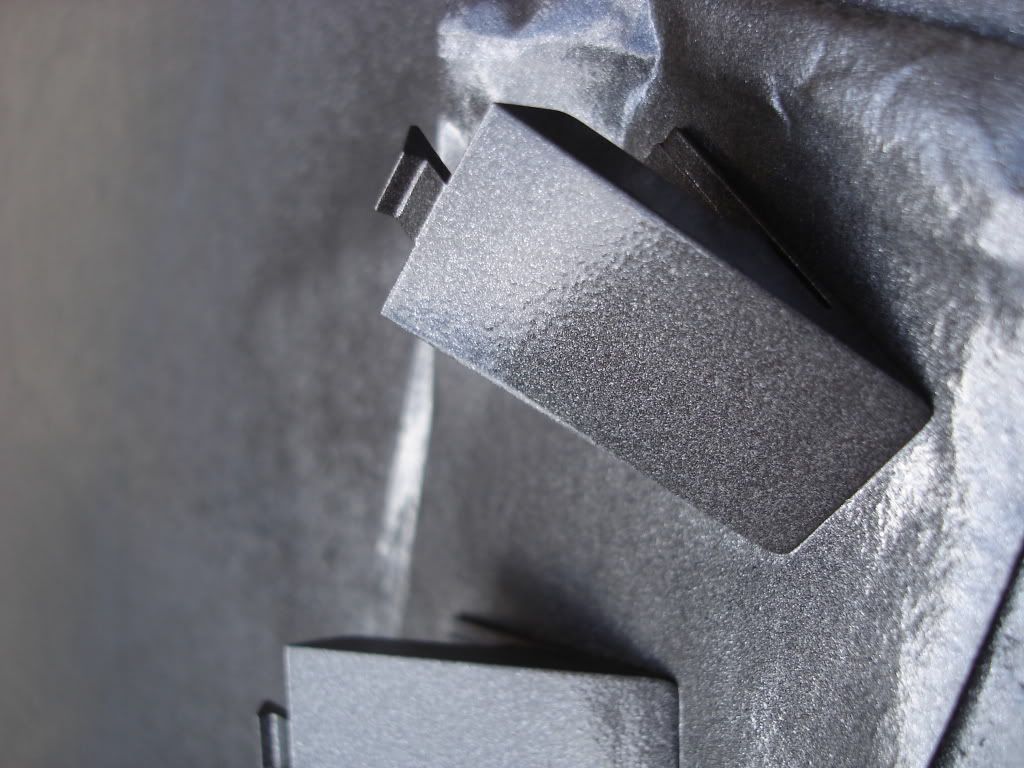Well, lots of people keep asking me and PM'img me re painting tips etc so I decided that I would make a small, easy to understand guide to painting!
Now, this is the disclaimer part! I am NOT a professional painter by trade etc this is just what I have learnt over the years with restoring old cars up etc before I got into arcade ownership.
This guide is for painting plastics but similar methods apply to painting metals aswell!
So, he we go!
Painting guide for beginners!
1. Supplies!
What we have here are the basics need to get the painting done to a decent level!
We have:
• Red scotch pads (find these at motor factors/Halfords etc)
• Masking tap
• different grades of wet & dry sandpapers 240g, 600g, 800g and 1200g (find these at motor factors/Halfords etc)
(the grit rating is based on the lower the number the more coarse the paper is, the higher the number the finer the paper is)
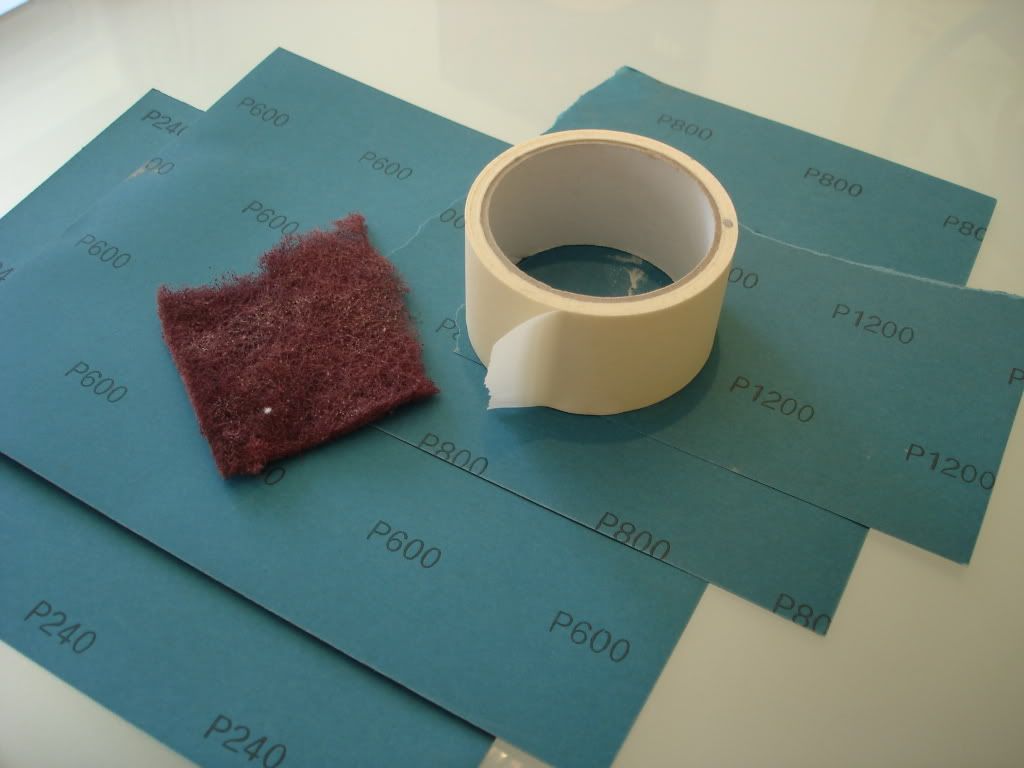
We also need paints.
If you are painting plastics or metals you need the correct primer for the job. Normally a primer is for metal but we need one for plastic so we need Plastic Primer You can also get Filler Primers and these are for surfaces that require a thicker coating of primer to cover imperfections etc but we dont need to worry about this unless the surface we are primering is very scratched etc.
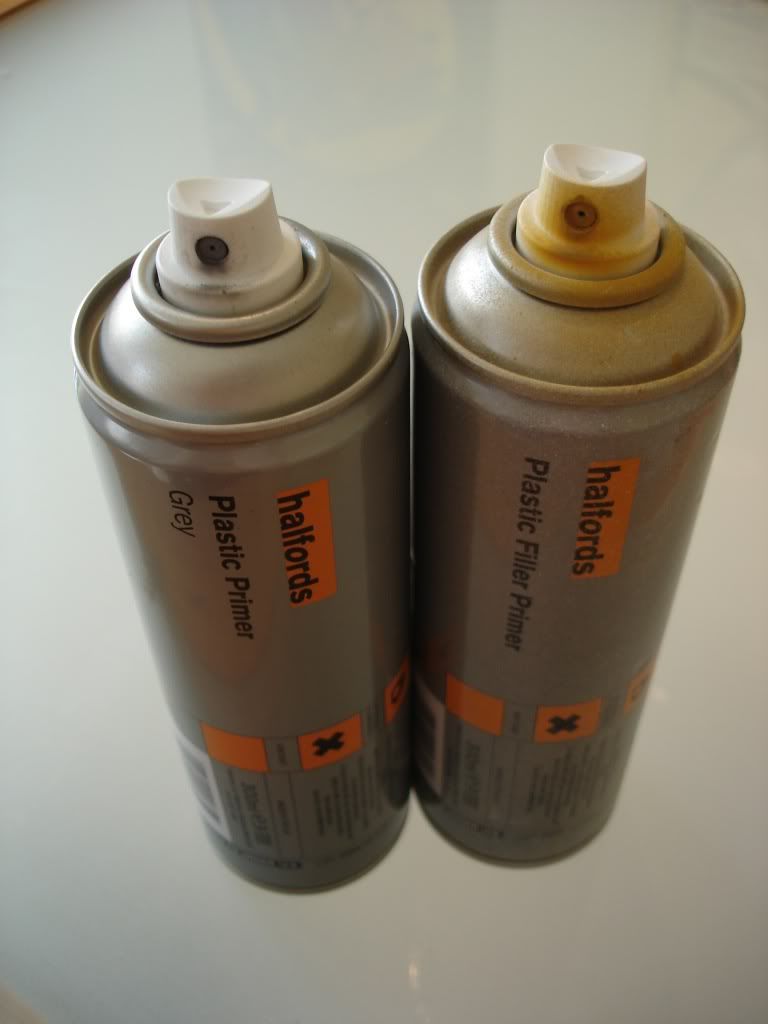
Moving onto the actual PAINT, there are two style that require different painting methods.
First is the normal pain. And paint that is a NON metallic finish has the shiney gloss (when you paint something and its shiney!) mixed in the paint. This makes it easier to paint as you only do the painting once without a clear coat to produce the shine.
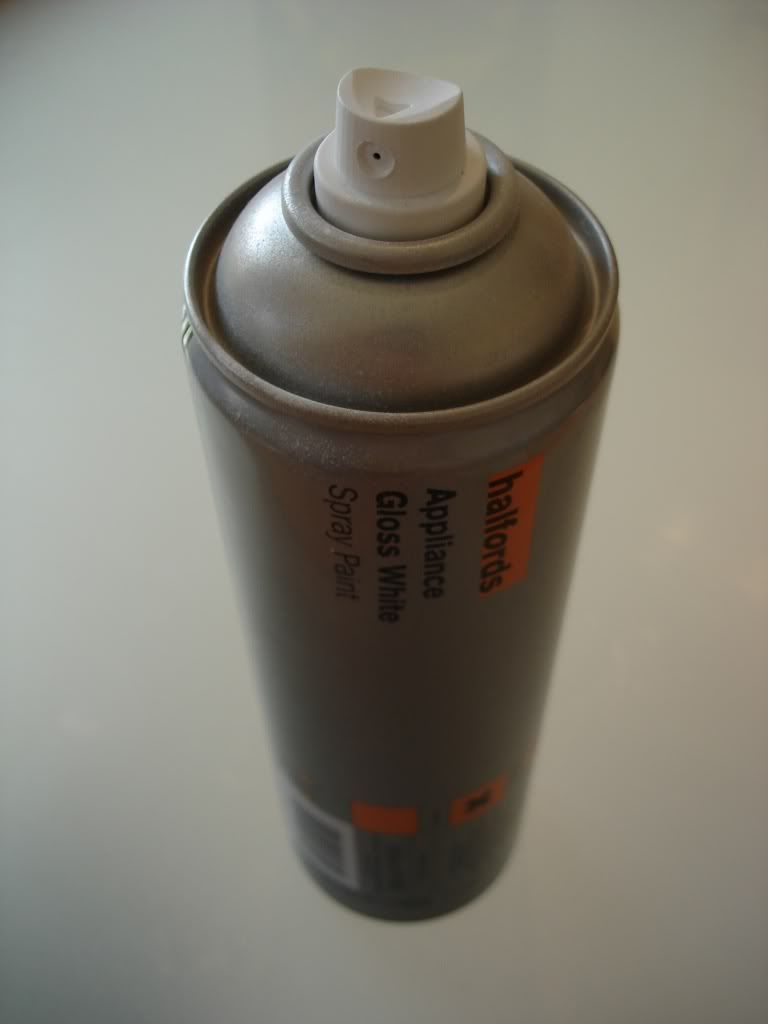
Then, you have metallic paint. These are the paints that have the twinkly little specs in them like you see on modern cars etc with nice paint. This requires a base coat of the colour (in our case Met Grey) and the a clear coat after instead of the once over finish a non metallic paint (like normal white) gives.
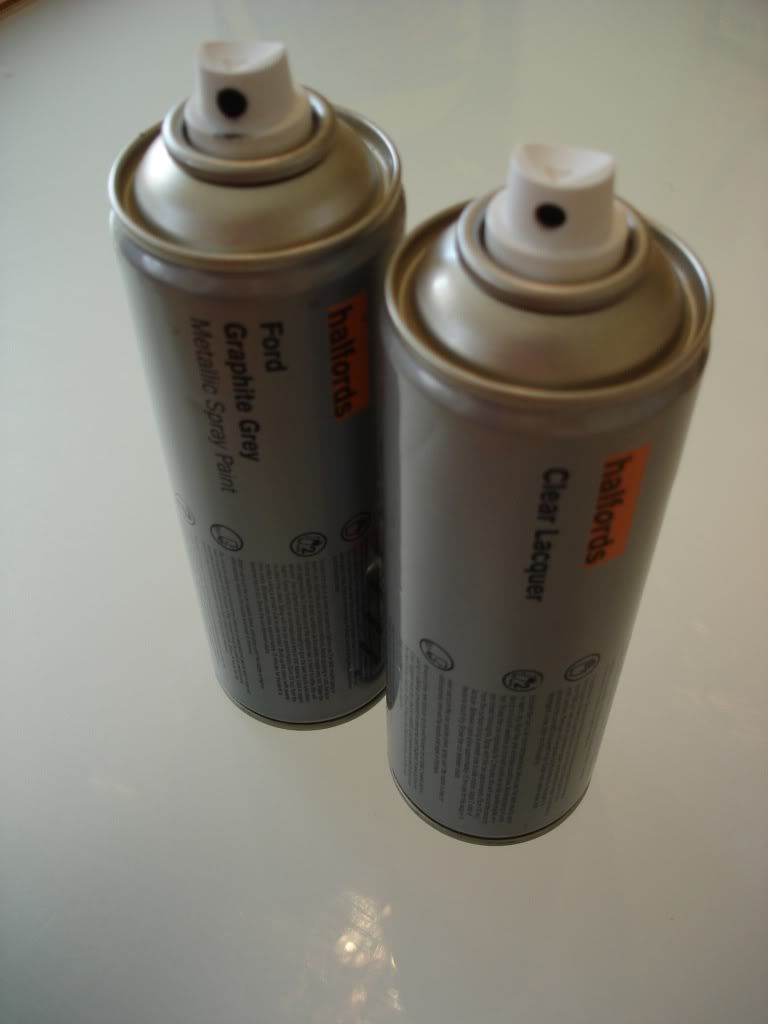
Most of use will want our cabs white so the extra clear coat wont apply to all of us!
But for this guide, I am painting in a metalic colour to show whats needed to be done
2.Preperation!
Now to start, we need the item to paint. for this guide, I am painting the monitor cover caps just to show what needs to be done but these steps are the same (just on a larger scale) even if your painting the monitor surround or the control panel!
ok, take items to paint:
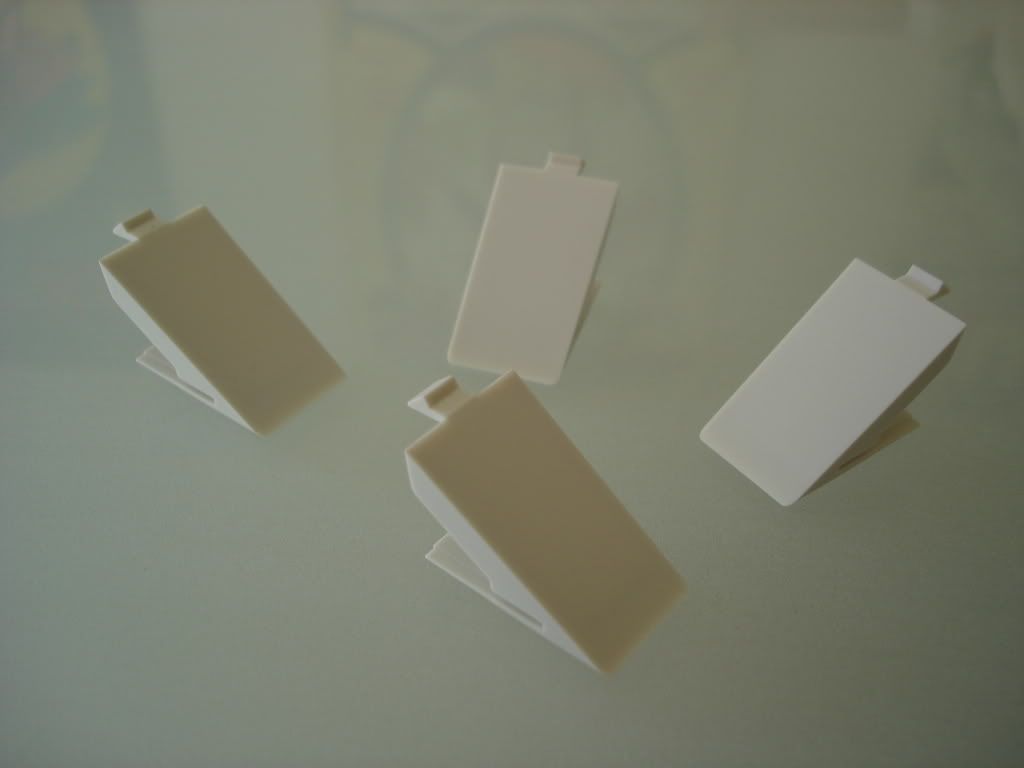
take red scotch pad and rub the area that you want to paint and where you want the paint to stick. We need to 'Key' the area for paint, this gives the primer/paint somethig to stick too. if we did not do this the paint would flake off once it all dries!

gently rub the are, you can see that this is making the surface dull, this is what we want! Dont go mad rubbing it just to dull the surface.
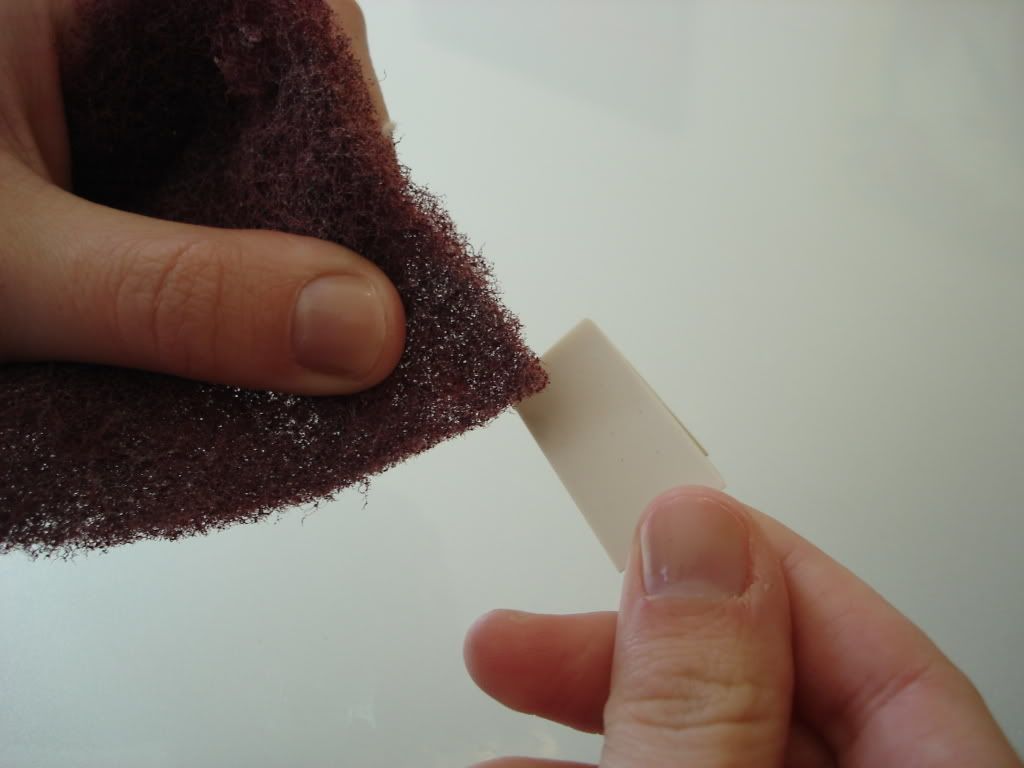
Once completed, blow all the excess dust etc from the parts your painting, we dont what that dust in our paint!
then prepare them for the primer. We need to use primer here as paint will not stick to bare plastic or metals. ALWAYS make sure you use primer if the sufaces are not already painted. Paint will only stick to paint or primer!
I used a bit of the masking tape here to hold the parts down as there small and can move about when painting. I just looped the tape round so it was sticking to the cardboard and the plastics.
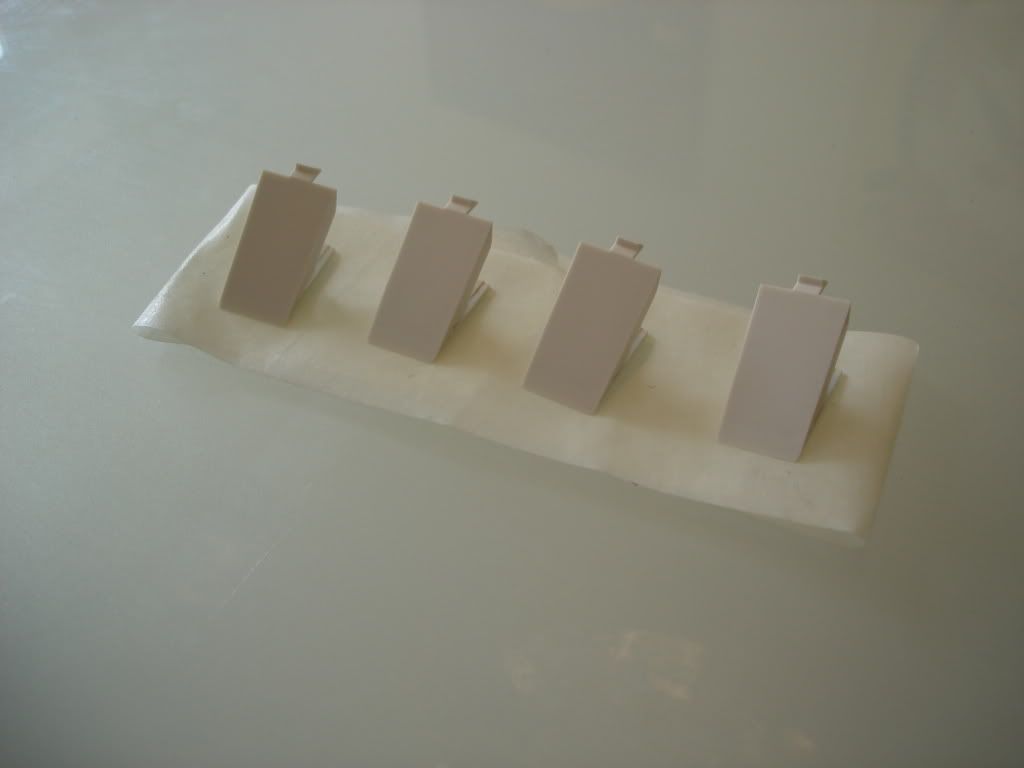
3. Primering!
Now we are getting the cabs out!
Make sure the area you are painting is not in closeness to anything you dont want paint on, the paint/primer will be in the air and stick to anything. do this in the garage or the garden. I normally spay on cardboard.
Now, shake the can up and spry a LIGHT coat onto the area. I can stress the word light enough! We want to BUILD up tha layers of primer and paint. if we do not, we get runs, it looks bad and we start again from the start!
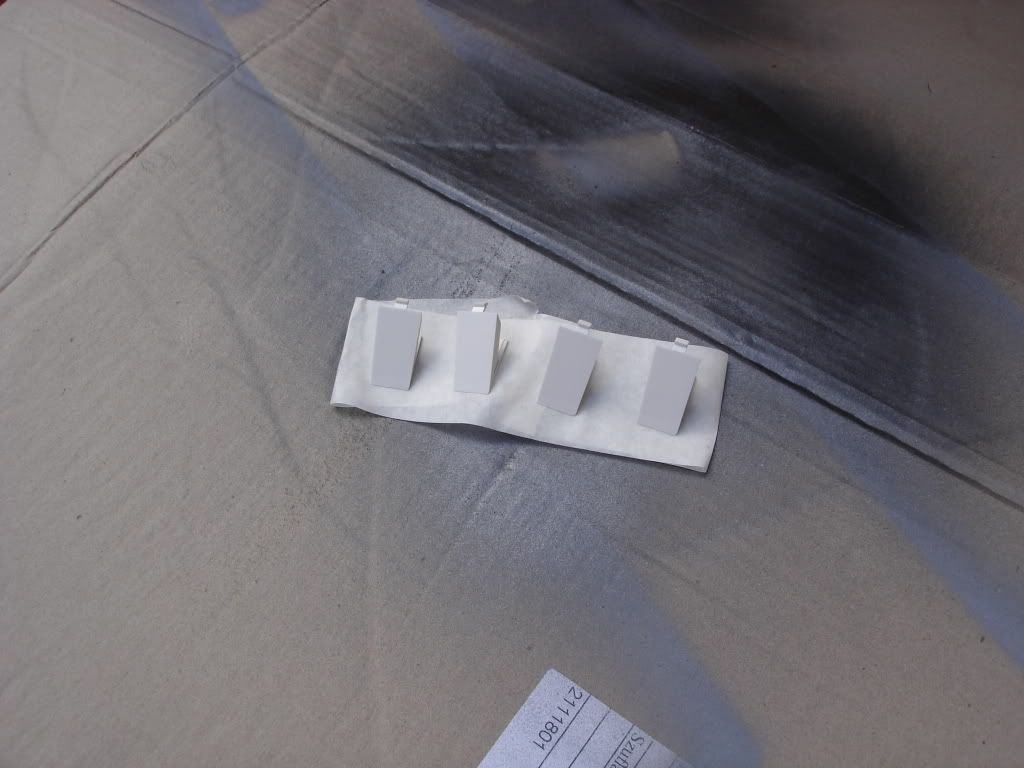
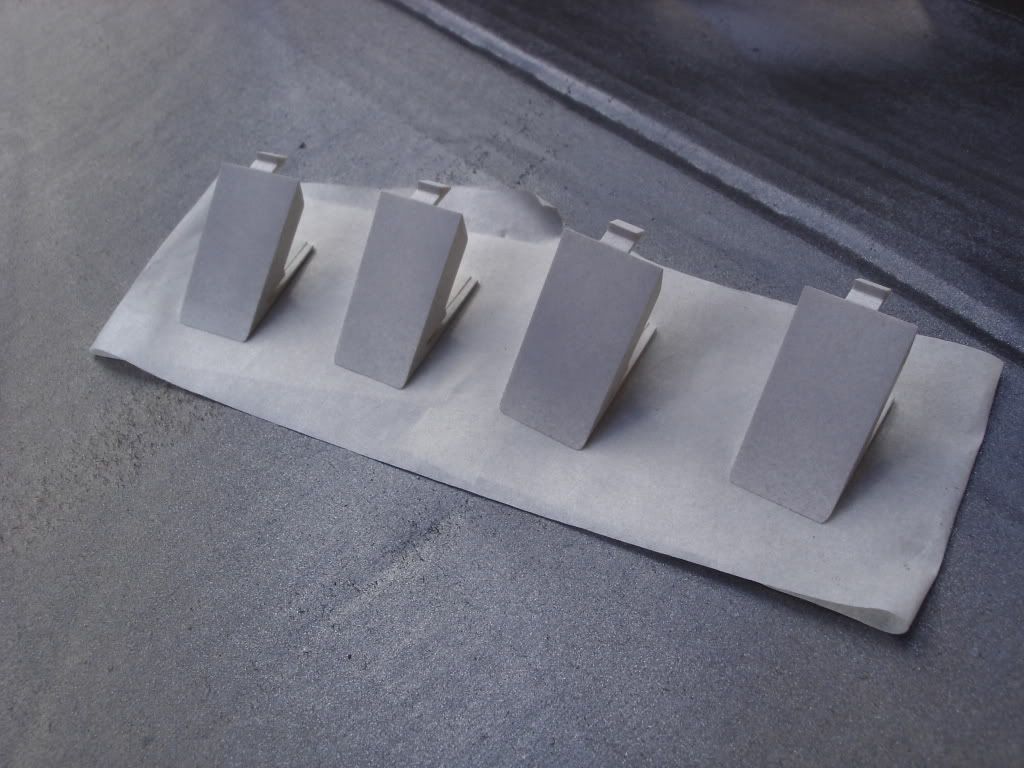
You can see the first coat is very light, this is what we want!
Allow a few mins (about 5 mins) between each coat. Make sure you spray about 10inches away and dont spray in just one area! just DUST it on. DO NOT RUSH!!!!!!!!
second coat....

final coat of primer....
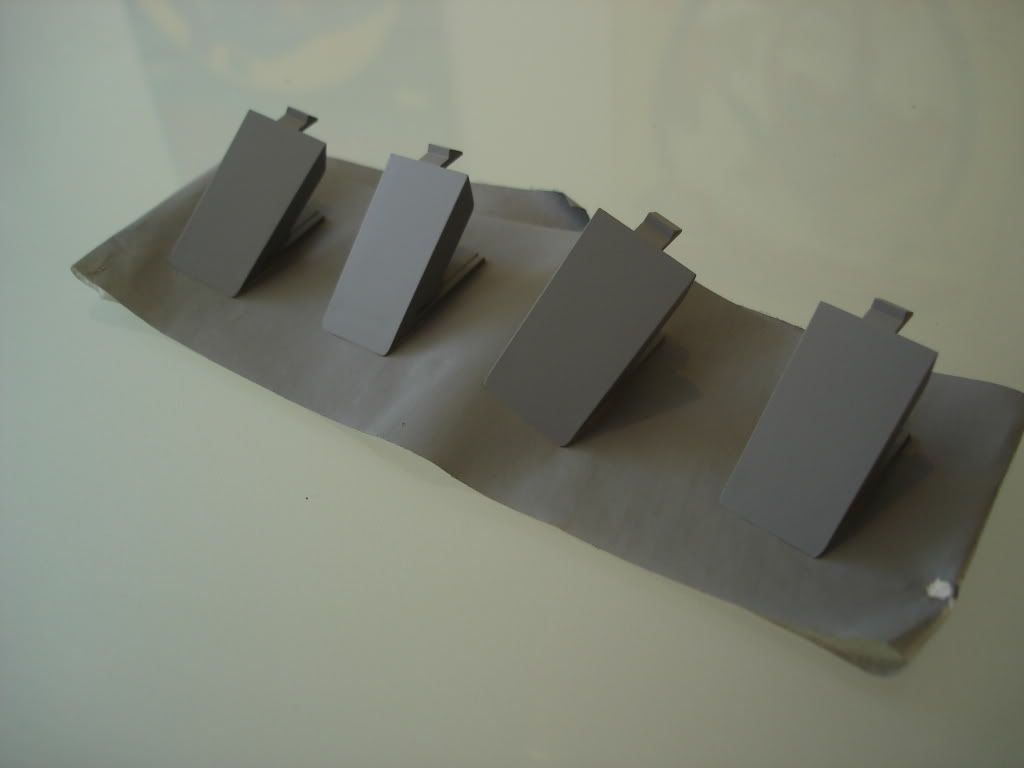
PRIMERED!!


